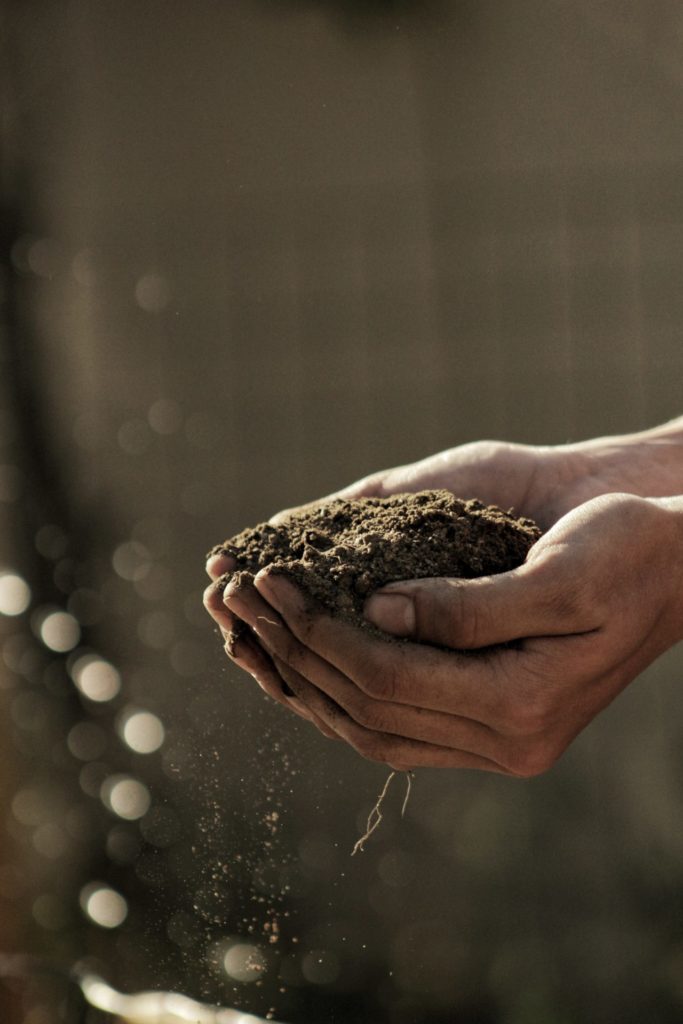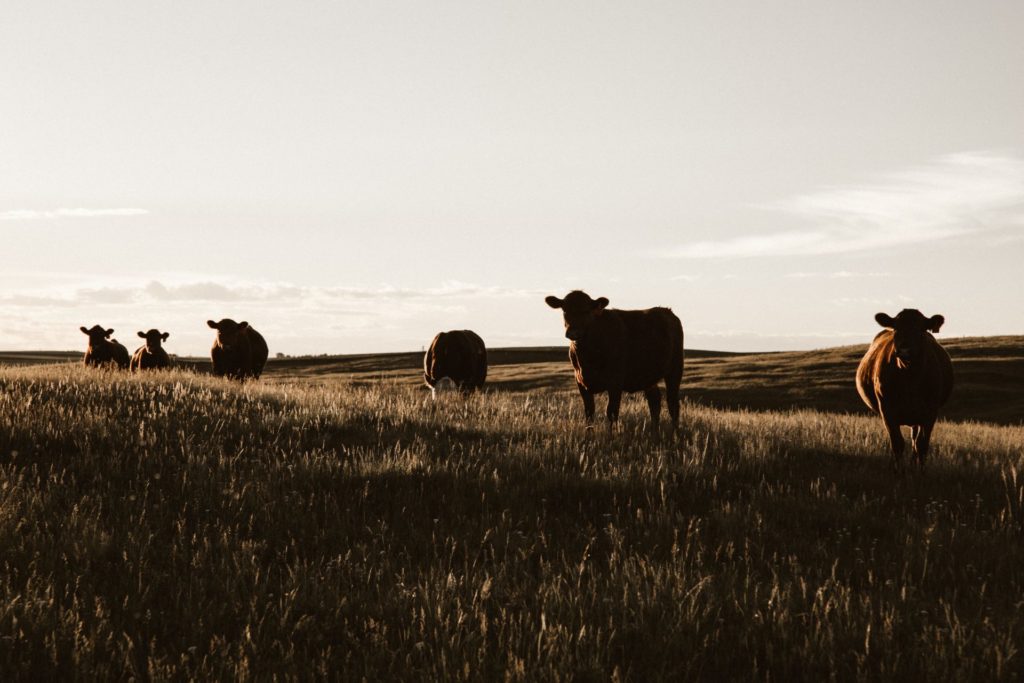Regenerative agriculture is a system of farming that seeks to improve rather than exploit the land it requires. In practice how does one achieve this, what are the benefits and how do we help farmers farm this way?
What are the key principles of regenerative agriculture
A focus on soil health
Soil is alive. It is filled with a huge population of creatures who all contribute to the health, growth and taste of plants ( and as a direct result to our own). Soil health is measured in several ways: the amount of carbon sequestered in the soil from the atmosphere, the abundance of microorganisms, the amount of nutrients in the soil, and how well the soil is able to retain water.
No artificial fertilizers and pesticides
In regenerative farming, food is grown without artificial fertilizers and pesticides. Instead a system of land management practices is put in place. This includes crop rotation, green manures, the use of compost, a focus on plant biodiversity. Together all these practices build self-sustaining cycles rather than one that relies heavily upon inputs. Through these methods, soil fertility is improved along with the resilience of the ecology of a farm as a whole.
Incorporating living roots & green manures
Roots are key to soil’s well being, they support soil bacteria by supplying a food supply and releasing nutritional substances into the soil. That’s why having living plants in fields all year round is crucial. Green manures are plants grown specifically for building and maintaining soil fertility and structure. They are important because they control pests, diseases and weeds, increase the fertility of the soil and prevent erosion. Ideally over 50% of the land should be planted with green manures at any time and favouring diverse mixes including clovers, grasses, native wild flowers and herbs.
Biodiversity
The idea is to focus on producing a huge array of crops: fruit, vegetables, grains and salads. This diverse mix allows as much yield as the seasons will allow ( great for us), but also enables to create complex rotations to ensure that no crop is grown in the same place and thus ensuring optimum soil health. The soil is just like us: the more varied our diet, the stronger our health and body!
Eliminating tillage and keeping the soil covered
Eliminating tillage- the act of mechanically modifying the soil structure to keep it soft and free of weeds- is one of the best regenerative practices for improving soil health. Tillage simultaneously causes soil erosion and releases substantial amounts of carbon dioxide into the atmosphere. Keeping the soil covered with green manures and litter will help the soil biology thrive. Just like we need a roof over our head to protect us from the elements so does the soil.
Incorporating and managing livestock
Livestock (sheep, goats, cattle or chickens) have a bad reputation because they are managed wrongly. Instead of mass livestock farming, letting them roam around has astounding benefits for the ground. Livestock function as a walking composter; dispersing seeds, bringing biology and fertility back to soils that are otherwise poorly functioning, importantly they also help carbon stay in the ground. A win-win scenario.


Benefits of regenerative agriculture
Some of the direct benefits of regenerative farming are:
Improved soil health: this it the foundation , there can’t human health without a healthy soil.
Community well being: modern farming has put a terrible pressure on farmers. Regenerative agriculture recreates link between farmers, consumers and the land, leaving out the Monsanto of this world from the equation.
Carbon sequestration: the Earth’s soils contain about 2,500 gigatons of carbon—that’s more than three times the amount of carbon in the atmosphere and four times the amount stored in all living plants and animals ( yes that includes the carbon stored in trees too). Keeping the carbon in the ground is one of the most efficient thing we can do to fight climate change.
Rebuilding and maintaining biodiversity: everything serves a purpose in nature and all living things work in symbiosis. The more biodiversity, the better the planet’s health and the better our own!
Increased yield: farms managed in regenerative manners have increased yield all year round.
Go further
- Watch the documentary Kiss the Ground
- Support Dirt Charity. Founded by model and activist Arizona Muse, Dirt is on mission to bring back our soil to its optimum health.
- As always we cast a vote every time we spend money. Make a conscious decision to buy your groceries from regenerative farms. Some of our favourites in the UK are:
Aweside Farms (Arlington, East Sussex) growing edible flowers, cut flowers, heritage veg, fruit and herbs.
Jack’s Patch (Hackney, London) Practising permaculture to create seasonal veg boxes grown in London.
Pea Pod Veg (Hastings, East Sussex) Small scale regenerative agroecology farm producing seasonal vegetables.
Riverford Organic (Devon) employee-owned enterprise made up of a family of ‘sister’ farms.
Romshed Farm (Sevenoaks, Kent) practsing holistic planned grazing with cows, chickens and sheep to regenerate soil in Kent.
Sheeps Drove Silvopoultry Farm (Berkshire) an environmentally responsible organic farm sustained by wind and solar.
Taw River Dairy (Okehampton, Devon) dairy farm producing milk, ice cream and sorbets.
Wakelyns Agroforestry Farm one of the pioneers of agroforestry in the UK, crops grown at Wakelyns Agroforestry include lentils, flour, chia seeds, fruit, nuts and timber.













